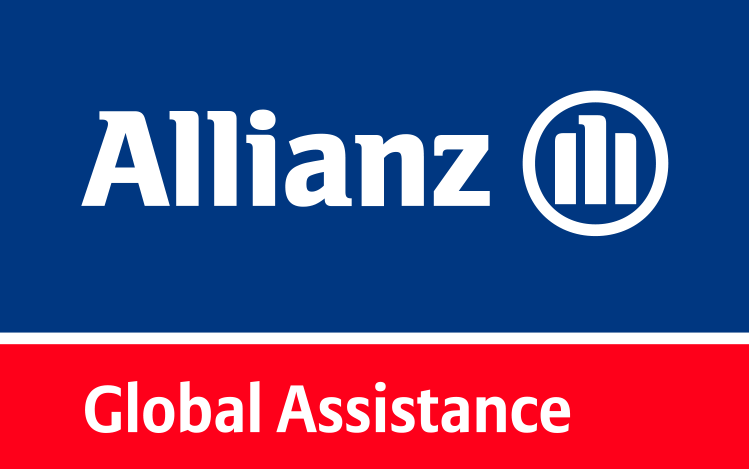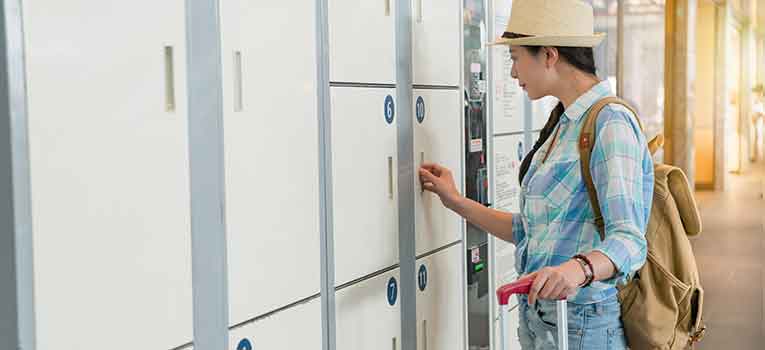Keeping your valuables safe while travelling is very important. Travel documentation—particularly your passport—is one of your most critical possessions when you are outside of your home country. While keeping your credit cards and cash safe is important, your jewelry and other high-value items may be irreplaceable.
Protecting your valuables while travelling will make for a much more pleasant experience so keep your belongings safe with these savvy traveller tips.
Money and travel documents are your most important items to keep safe while travelling. Before you go, it’s a good idea to make copies of your passport and other documents. Keep one copy at home with a trusted relative or friend, and bring another with you. Always keep your money and passport as close as possible. There are many ways to hide your valuables when you travel, including money belts, money socks, and even money underwear.
Many of these options are somewhat more subtle than the traditional undercover money belt so you don’t have to untuck and lift up your shirt to hunt around for your cash. Remember too, that most baggage protection coverage excludes lost currency, so keep cash to an absolute minimum when travelling.
Be aware if you are in a high-risk area for pickpockets and thieves, or avoid them if possible. Refer to the Government of Canada advisories for location-specific advice. No matter how dazzled you are by the food or art, keep your wits about you and make sure that you know where your valuables are at all times. And, when you need to have a credit card, just take one out with you and leave another in the hotel safe for emergencies. Same goes for your passport: bring along a photocopy but leave the original at the hotel for day trips.
It’s always easier to not worry about safeguarding valuables while travelling if you don’t have them; expensive rings, watches and other cherished items are often best left at home or in a bank safe deposit box. And if you have to bring them, spread your valuable items around—hide your passport in the pocket of a suit jacket and put your jewelry in a sock roll.
Pickpockets will often target travellers because they are distracted and unfamiliar with their surroundings. Try to avoid making yourself an easy target by blending in and not look like a tourist. Some recommendations include avoiding staring at Google Maps while walking, don’t flash your valuables, don’t leave valuables unattended in your hotel, don’t carry a bag that’s easy for someone to grab off your shoulder, or show off a large amount of cash in public.
Another useful tip to keep in mind is that ATMs are readily available in most countries, so make sure to strictly take what you need, before leaving on your trip. There’s no need to travel with expensive jewelry, or electronics you won’t use. Carrying a small amount of cash and a credit card should be enough while you’re out and about visiting a city. Some people even use a decoy wallet with a small amount of cash and an expired ID.
If you prefer to keep more valuables on your person, investing in an anti-theft bag may be a good investment for you. Several companies offer slash proof, RFID-blocking, water resistant, sturdy bags. These bags are great for keeping your valuables safe while travelling.
When you are in transit don’t ever let your valuables out of your sight. If you have important items in your hand luggage stow it beneath the seat in front of you instead of overhead where it can be moved or opened without you noticing. When travelling by train or bus, be sure to keep your valuables with you at all times. If you tend to fall asleep on long journeys, keep your backpack close by so it doesn't get stolen. Make sure it is attached to you so that no one can lift anything while you doze. It’s also a really good idea to take a picture of your valuables ahead of time so that if they go missing you can provide accurate information and descriptions to local law enforcement, as well as proof of belongings should you be required to submit a travel insurance claim for lost or stolen baggage . Also, make sure that your home bank knows you are travelling so that they are aware if unusual charges come through on your account.
You might do everything right and still wind up the victim of theft. But the good news is that certain
travel insurance options offered by Allianz Global Assistance include benefits for reimbursement if your luggage is lost or stolen while travelling and supports you with getting your travel documents back or replaced. Before travelling, check all your insurance policies to make sure they cover your valuables. This includes your homeowners' policy. And, if the worst does actually happen, your travel insurance advisors will support you with arranging emergency cash transfers from family, passport replacement and claims for stolen items. In short, keep your valuables close… and your
travel insurance policy with baggage protection benefits closer!
Travel insurance is underwritten by CUMIS General Insurance Company, a member of The Co-operators Group of Companies, administered by Allianz Global Assistance, which is a registered business name of AZGA Service Canada Inc.

